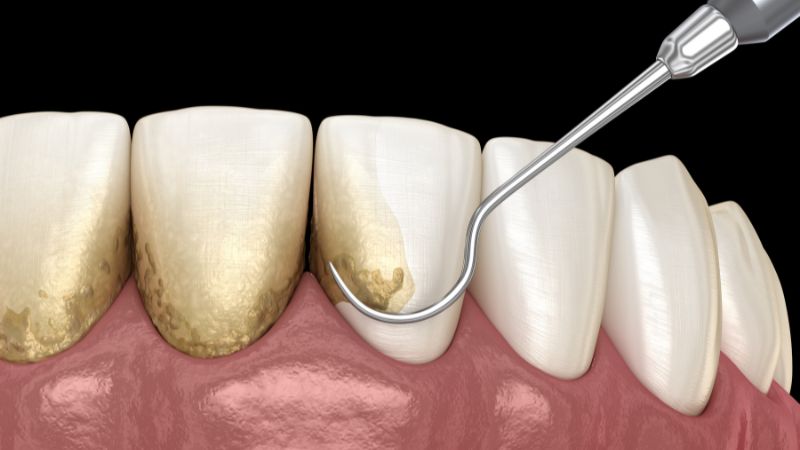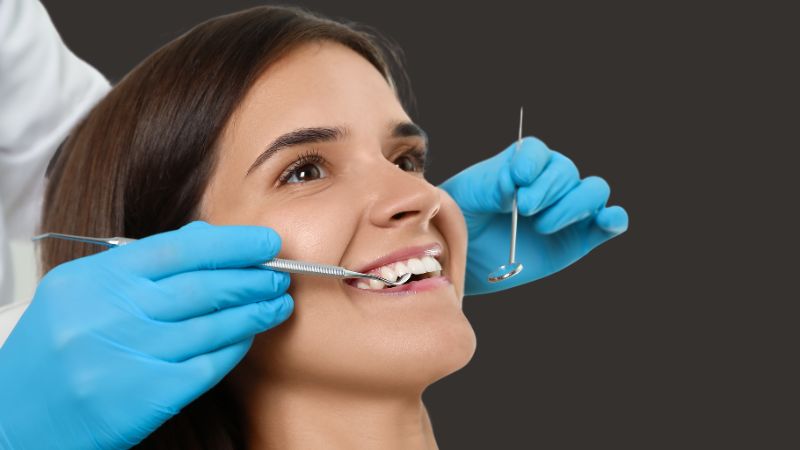Blog
The Importance of Flossing: Techniques for Effective Oral Care

When it comes to maintaining optimal oral health, brushing your teeth is often considered the cornerstone of good dental hygiene. However, there's another crucial step that should never be overlooked: flossing. Despite its importance, flossing is frequently neglected or misunderstood. In this blog, we’ll delve into why flossing is essential, the benefits it provides, and techniques to ensure you’re flossing effectively for the best oral care.
Why Is Flossing Important?
Flossing is a vital part of oral hygiene because it helps remove food particles and plaque that your toothbrush can’t reach. Plaque is a sticky film of bacteria that forms on your teeth and gums. If left untreated, plaque can lead to tartar buildup, cavities, and gum disease. Flossing cleans between your teeth and under the gumline, areas where plaque often accumulates, reducing your risk of these dental problems.
Benefits of Flossing
Prevents Gum Disease: Regular flossing helps prevent gingivitis, the early stage of gum disease, by removing plaque that causes inflammation and irritation of the gums.
Reduces Cavities: Flossing eliminates plaque and food particles between teeth, which reduces the risk of cavities forming in these hard-to-reach areas.
Freshens Breath: Removing trapped food and plaque helps prevent bad breath, leaving your mouth feeling fresh and clean.
Promotes Overall Health: Good oral hygiene, including flossing, is linked to better overall health. Gum disease has been associated with conditions like heart disease and diabetes.
Effective Flossing Techniques
To reap the full benefits of flossing, it’s important to use the right technique. Here’s a step-by-step guide to ensure you’re flossing effectively:
1. Choose the Right Floss
Floss comes in various types, including waxed, unwaxed, and flavored. Choose one that you find comfortable and easy to use. Waxed floss can be easier to slide between teeth, while unwaxed floss might be a better option for tight spaces.
2. Use the Correct Amount of Floss
Break off about 18 inches of floss. Wind most of the floss around your middle fingers, leaving about 1-2 inches of floss to work with. Hold the floss tightly between your thumbs and index fingers.
3. Gently Insert the Floss
Slide the floss gently between your teeth using a back-and-forth motion. Avoid snapping or forcing the floss, as this can damage your gums.
4. Curve the Floss Around Each Tooth
Once the floss is between your teeth, curve it into a C-shape against the side of each tooth. Gently move the floss up and down, making sure to go beneath the gumline to remove any trapped debris.
5. Use Clean Sections of Floss
As you move from one tooth to the next, unwind a fresh section of floss from your fingers. This helps prevent the transfer of plaque from one area to another.
6. Rinse and Repeat
After you’ve flossed all your teeth, rinse your mouth with water or mouthwash to help remove any loosened debris. Flossing once a day is generally sufficient for maintaining good oral health.
Common Flossing Mistakes to Avoid
Using Too Much Force: Flossing should be gentle. Using excessive force can damage your gums and make flossing uncomfortable.
Skipping Areas: Make sure to floss between all your teeth, including the back ones. Neglecting certain areas can lead to plaque buildup and gum disease.
Not Flossing Regularly: Flossing once in a while isn’t enough. Consistency is key to preventing dental problems.
Conclusion
Flossing is a crucial component of effective oral care. By removing plaque and food particles that brushing alone can’t reach, flossing helps prevent gum disease, cavities, and bad breath. By following the techniques outlined above and flossing regularly, you can maintain optimal oral health and enjoy a brighter, healthier smile.
If you have any questions about flossing or other aspects of oral care, don’t hesitate to reach out to Praveen Dental Care Clinic. Our team is here to help you achieve the best possible dental health!
Best Dental Clinic in Tirupati
Call 9885292472 to book your consultation with Dr. Praveen Kumar.








